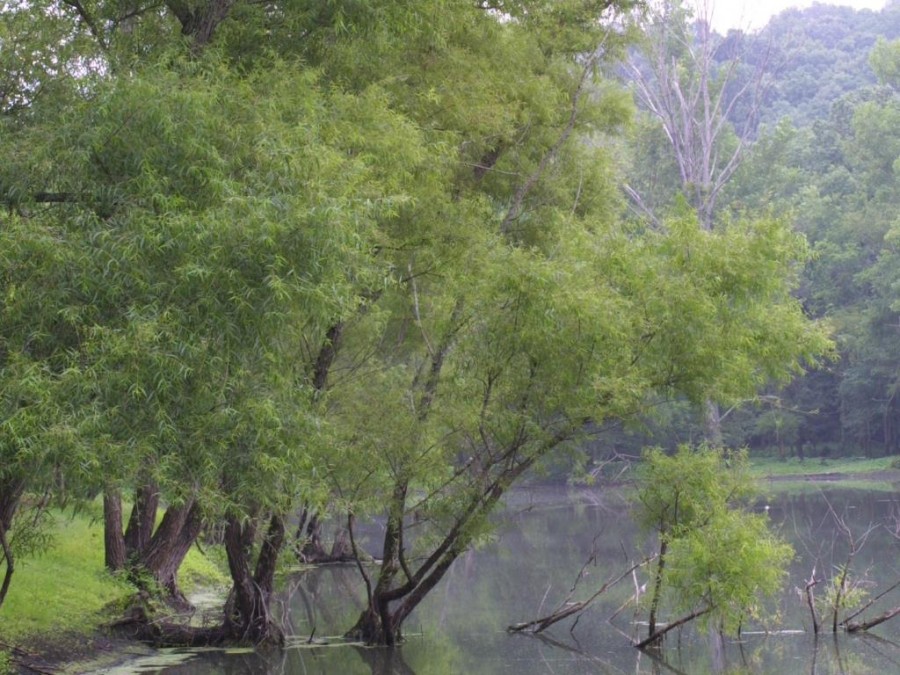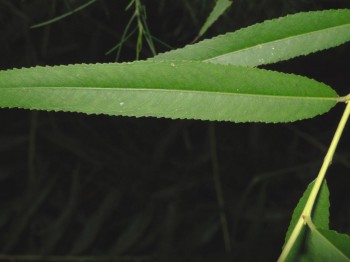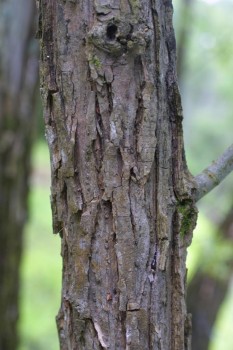Weed Profile - Black willow (Salix nigra)
How does this weed affect you?
Black willows form dense stands along waterways. They:
- outcompete native plants
- reduce food and habitat for land and aquatic animals
- reduce water quality (especially when they drop their leaves in autumn)
- take up large amounts of water
- change water flows
- divert flood waters and cause erosion
- restrict access to waterways.
What does it look like?
Black willow is an upright deciduous tree that grows up to 20 m high. It usually has one trunk but can have up to 4 main stems. Young trees have a conical shape which broadens with age.
Control
Successful weed control requires follow up after the initial efforts. This means looking for and killing regrowth or new seedlings. Using a combination of control methods is usually more successful.
Clearing any vegetation along waterways may cause erosion and may require consent before any work starts. It is the landholder’s responsibility to obtain any approvals that may be required prior to undertaking clearing. NSW Local Land Services staff can assist you in understanding what other approvals may be required for your proposed activities under the Land Management Framework. Contact NSW Local Land Services for advice on the required approvals for your site.
To manage black willow:
- work on upstream infestations first
- remove trees on inside bends of rivers first as these have more stable banks
- control plants before they produce fruit
- use appropriate methods of control for the size of the plants
- dispose of all plant parts away from flood zones
- look for and control new seedlings
- look for and control regrowth for 3–5 years.
Source: NSW WeedWise



